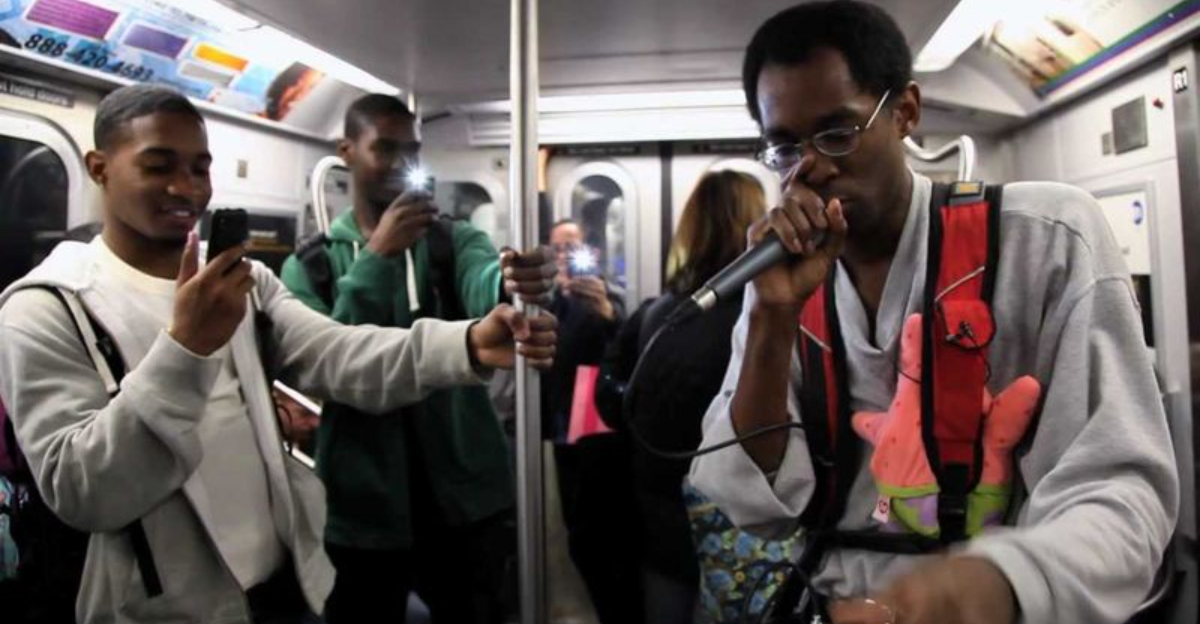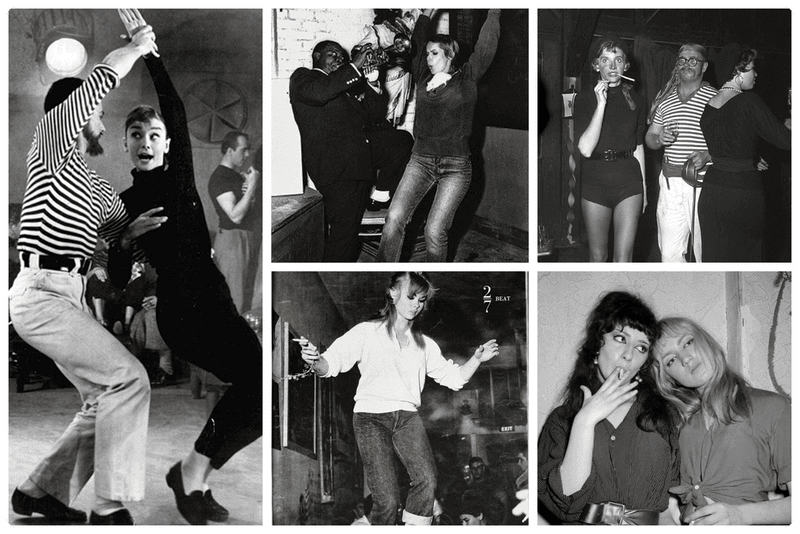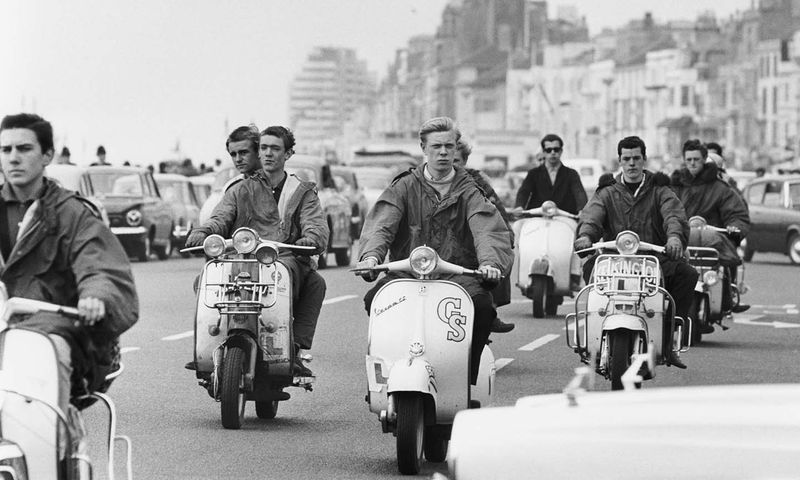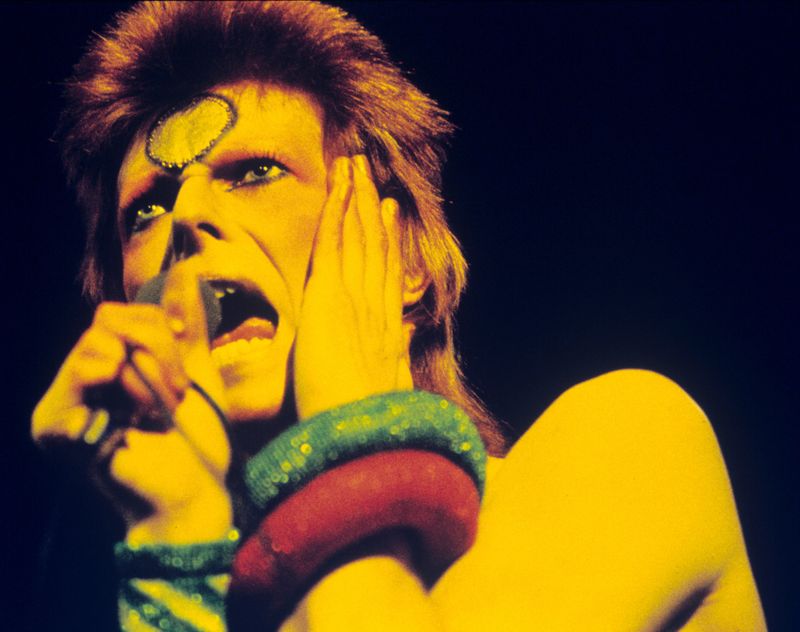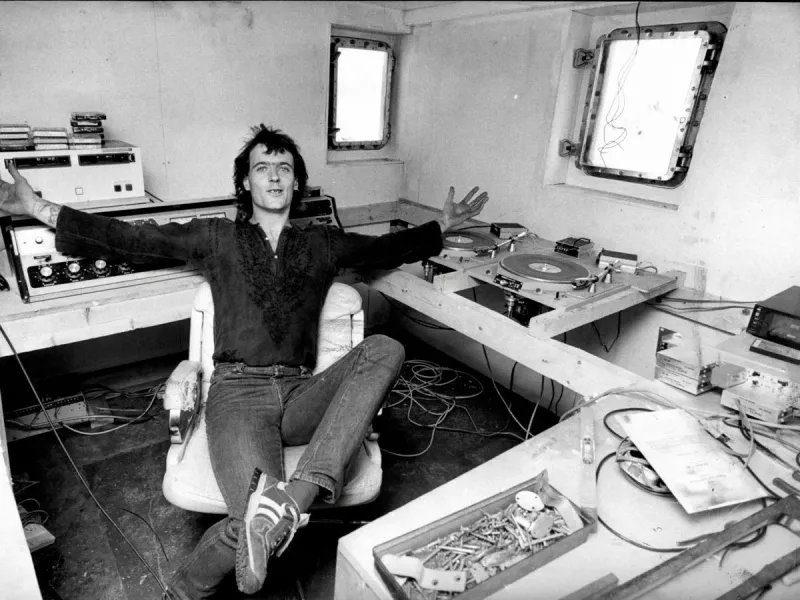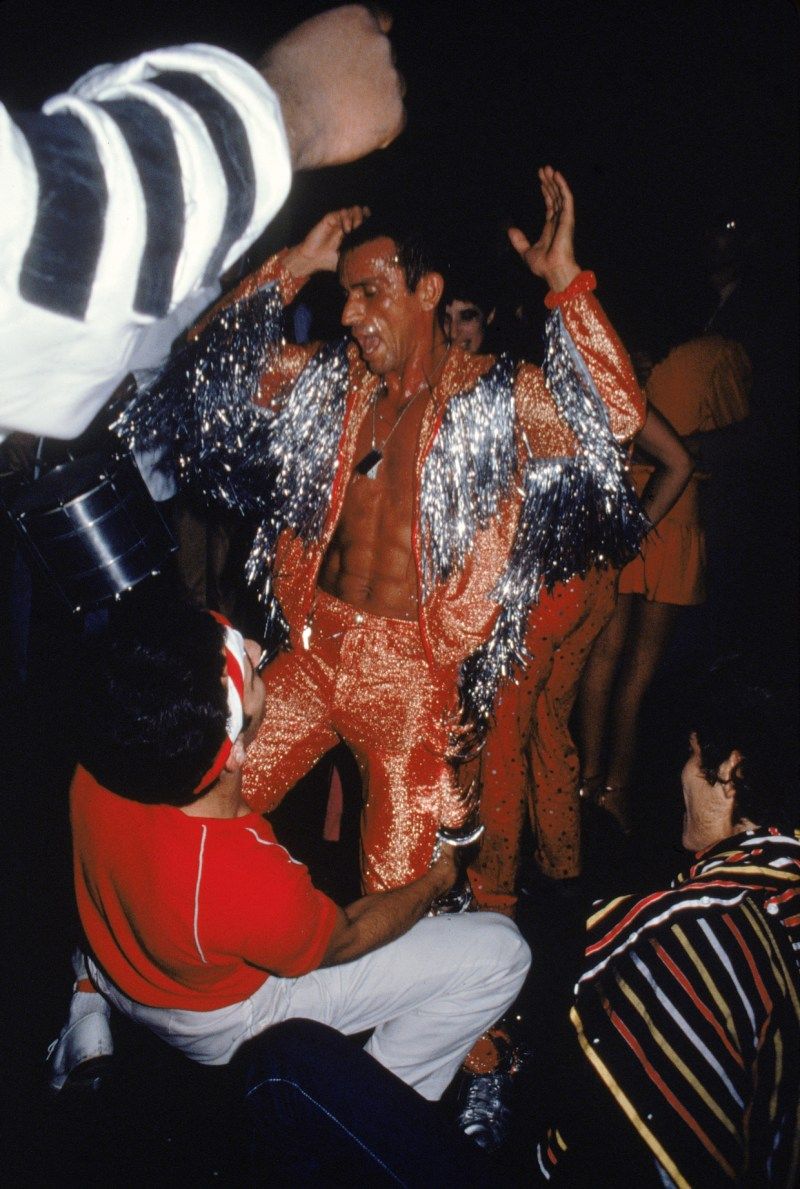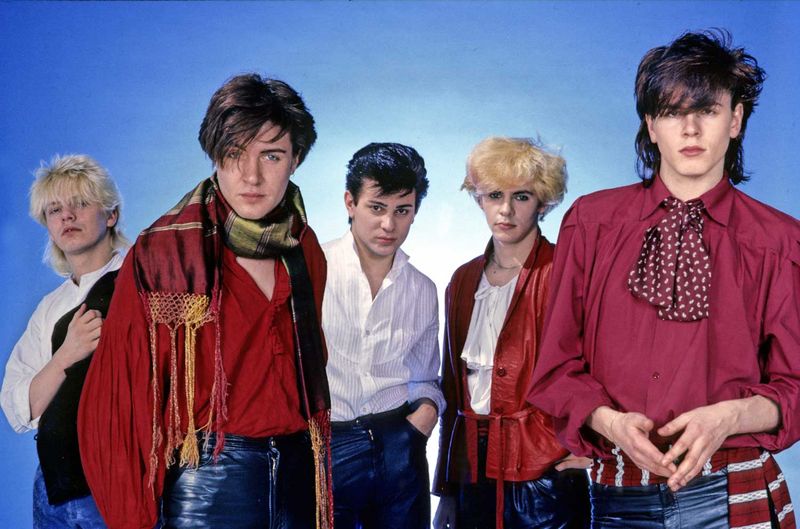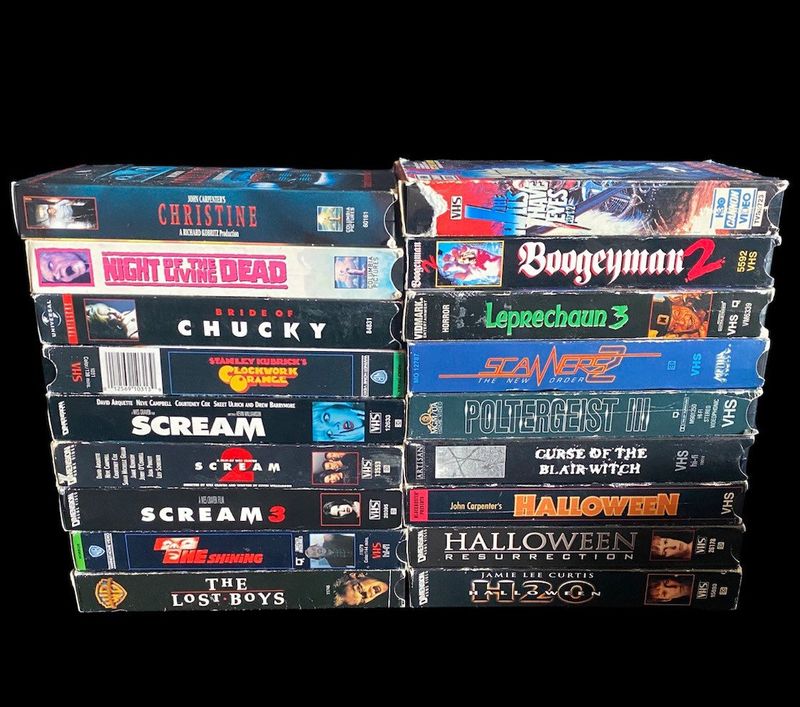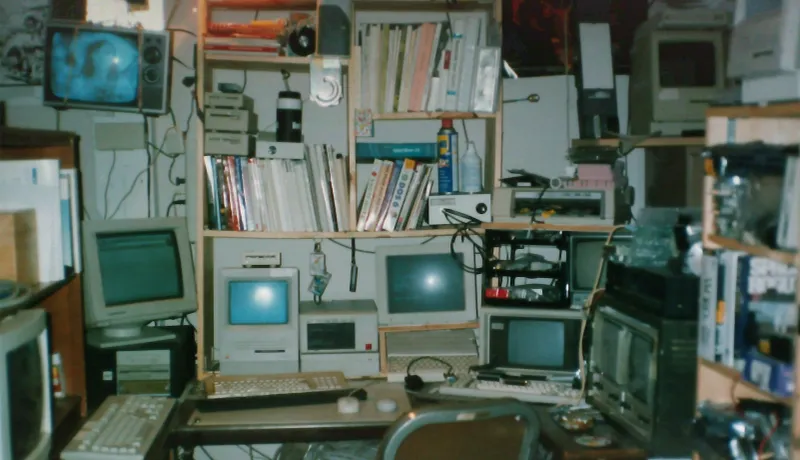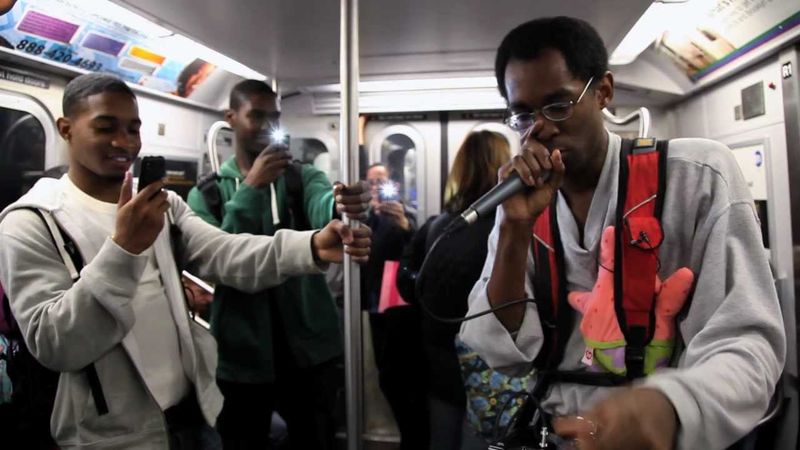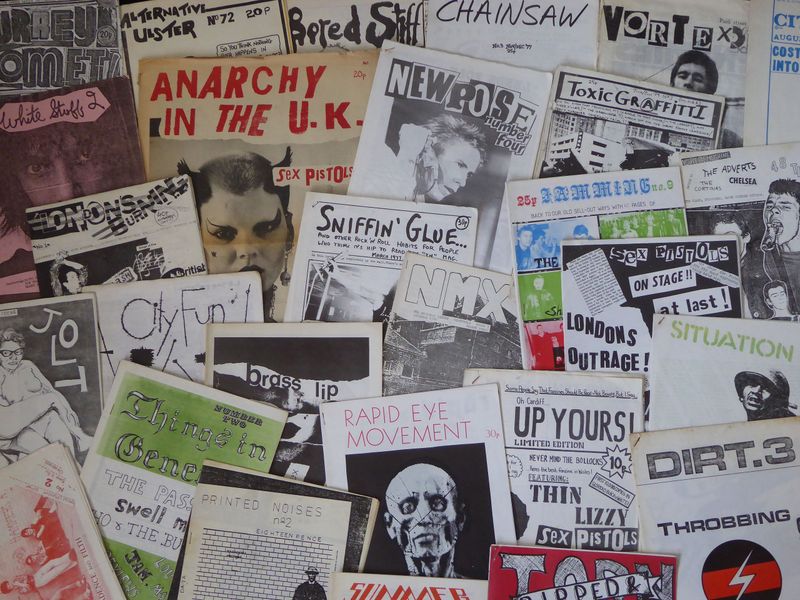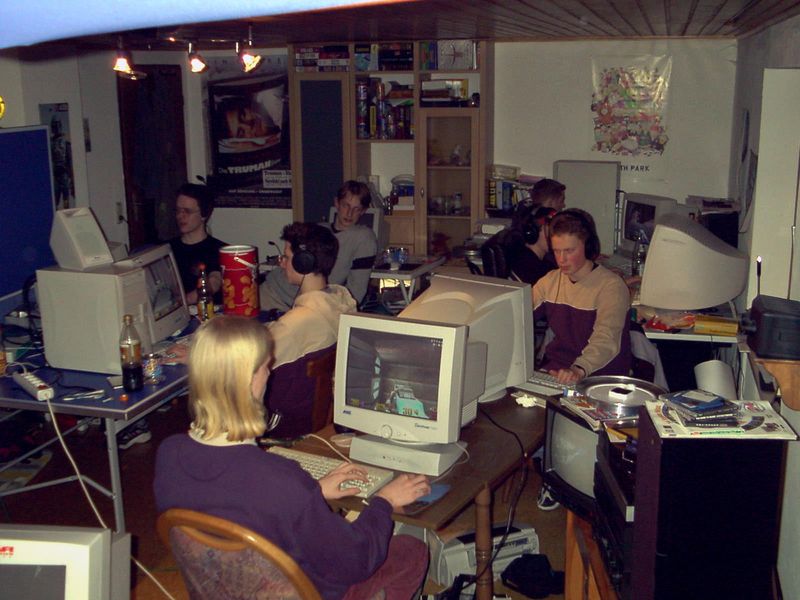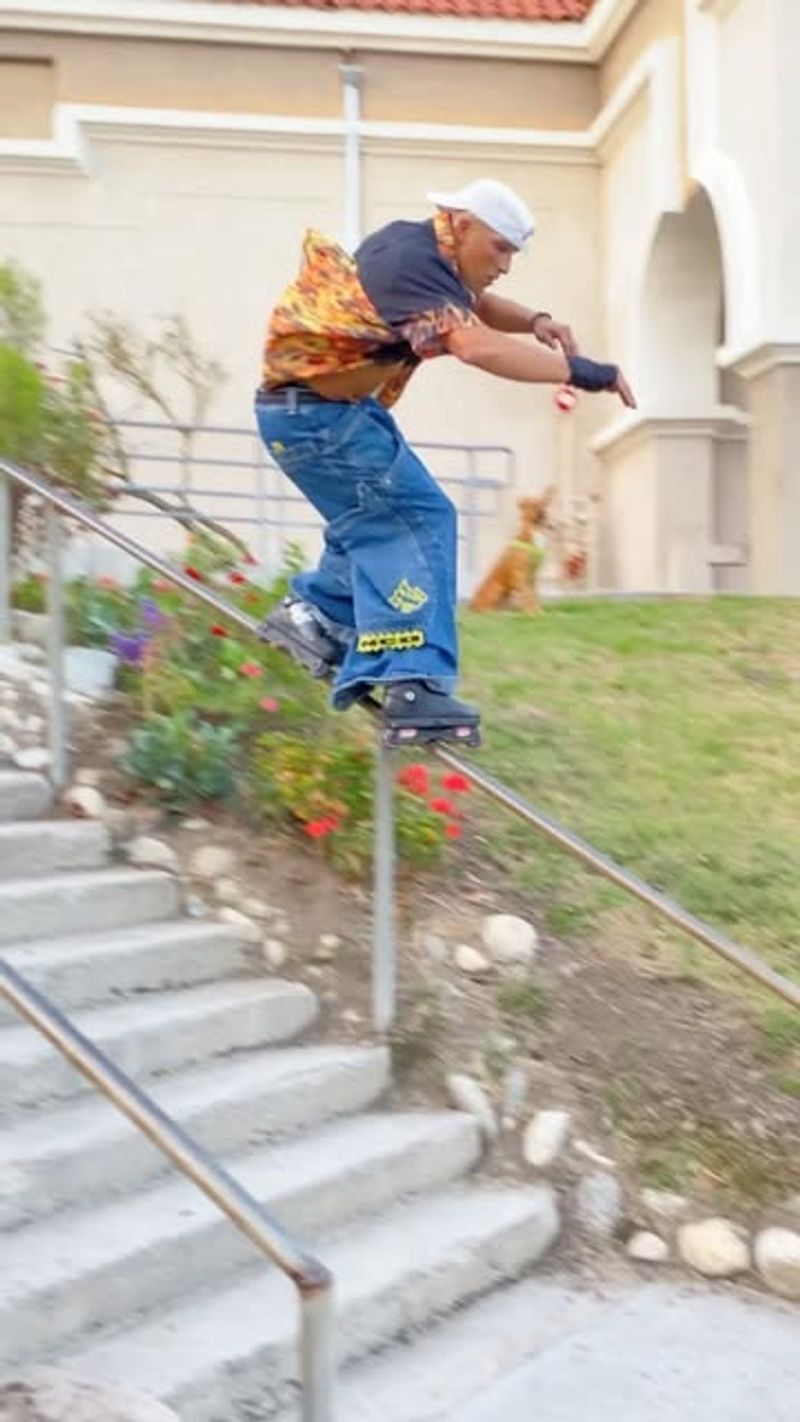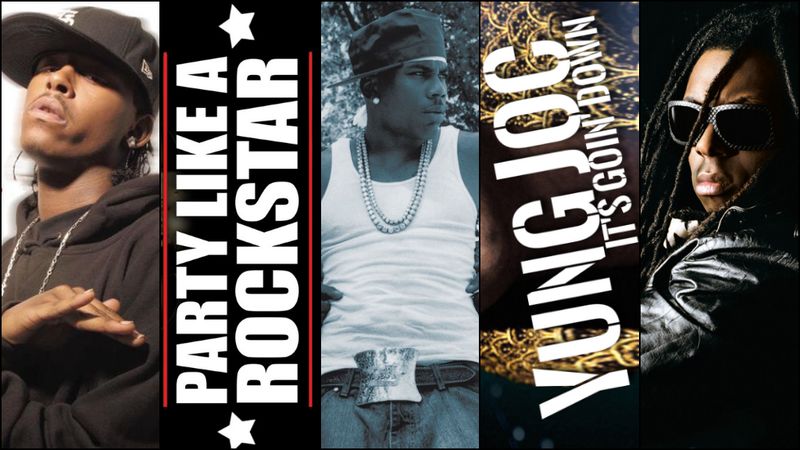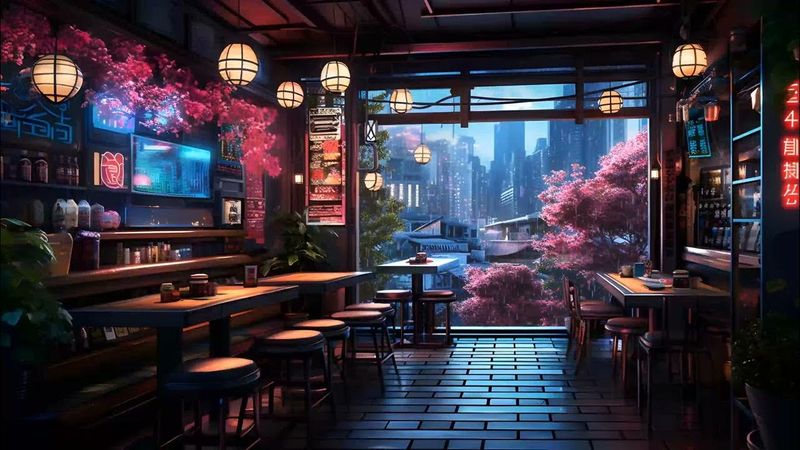Throughout history, various subcultures have emerged, thrived, and faded from the mainstream. These subcultures often reflect the social, political, and artistic zeitgeist of their times. From the artful Beatniks to the flamboyant New Romantics, these groups have left indelible marks on music, fashion, and culture. Here, we explore 15 such forgotten subcultures that once ruled the world.
1. Beatniks (1950s-60s)
In the post-war America, a generation of poets and jazz enthusiasts emerged, known as the Beatniks. They gathered in dimly-lit coffeehouses, embracing a bohemian lifestyle that celebrated spontaneity and non-conformity. Luminaries like Jack Kerouac and Allen Ginsberg became cultural icons, shaping a movement that laid the groundwork for the burgeoning counterculture of the 1960s. Their influence extended beyond poetry, sparking a shift in societal attitudes toward freedom and artistic expression. However, as the 1960s unfolded, the Beatniks were gradually absorbed into the larger hippie movement, rendering their distinct identity obsolete. Yet, their legacy endures, subtly influencing the hipster and alternative cultures of today.
2. Mods (1960s UK)
In the swinging streets of 1960s London, a stylish subculture known as the Mods took center stage. Characterized by their sharp suits, Italian fashion, and an unwavering love for soul music, Mods became icons of cool sophistication. They zipped through the city on scooters, epitomizing a youthful rebellion against the mundane. Bands like The Who and the fashion sense of this era heavily drew from the Mod aesthetic, forever embedding it in British pop culture. Despite their cultural impact, the Mods found themselves in fierce rivalries with the Rockers, leading to a decline as their style was absorbed into the mainstream. Yet, their influence can still be seen in the Britpop resurgence of the 1990s, making Mods a timeless symbol of rebellion and style.
3. Glam Rockers (1970s)
The Glam Rockers of the 1970s were a flamboyant and rebellious force in the music world, challenging gender norms and societal expectations with their outrageous costumes and theatrical performances. Figures like David Bowie, T. Rex, and Alice Cooper led the charge, creating a sound and style that was both eclectic and electrifying. Their blend of rock music and glam aesthetics captivated audiences, leaving an enduring impact on future genres such as emo and goth. However, as the decade progressed, Glam Rock’s popularity waned, overshadowed by the rise of disco and punk. Despite this, the echoes of their influence remain, inspiring modern pop’s embrace of androgyny and theatrical flair.
4. Pirate Radio DJs (1960s-80s)
From the 1960s to 1980s, a daring group known as Pirate Radio DJs defied the norm, broadcasting banned rock & roll music from makeshift stations on ships and remote locations. These illegal broadcasters, like Radio Caroline, challenged government restrictions, offering an alternative voice that resonated with a youthful audience hungry for new sounds. Their fearless spirit paved the way for modern independent radio and podcasting, demonstrating the power of unsanctioned media to incite cultural revolutions. However, as governments cracked down and FM radio expanded, the golden era of pirate radio gradually faded. Yet, their legacy lives on, echoing in today’s digital audio revolution.
5. Disco Inferno Kids (1970s)
In the shimmering nights of the 1970s, the Disco Inferno Kids claimed the dance floors of iconic clubs like Studio 54, dazzling in sequins and platform shoes. This was an era of exuberant dance music and flamboyant style, where the night never seemed to end. Disco’s pulsating beats brought people together, transcending social barriers and fostering a sense of unity and liberation on the dance floor. Despite its initial success, the disco era was not immune to backlash, famously epitomized by the “Disco Sucks” movement. As the fever waned, disco’s vibrant legacy endured, influencing dance music, club culture, and even drag balls for years to come.
6. New Romantics (1980s UK)
Emerging from the vibrant nightclubs of 1980s London, the New Romantics captivated with their flamboyant style and synth-pop sound. Dressing in elaborate costumes and makeup, they embraced a theatricality that blurred traditional gender lines, making fashion a bold statement of identity. Icons like Duran Duran and Spandau Ballet led this movement, integrating music, art, and fashion into a singular, glittering spectacle. However, as the decade ended, the rise of grunge and hip-hop overshadowed the New Romantic scene. Despite this shift, their influence on fashion’s embrace of gender fluidity and the arts remains undeniable, highlighting their enduring cultural impact.
7. VHS Tape Traders (1980s-90s)
During the analog heyday of the 1980s and 1990s, a passionate community of VHS Tape Traders flourished, exchanging rare and bootlegged videos of movies and concerts. This underground network forged connections among cinephiles and music fans, fostering a vibrant subculture of shared interests and rare finds. Early fandom culture was born here, with enthusiasts creating fan edits and preserving obscure media. However, the rise of DVDs and the internet brought about the decline of VHS trading, as digital media became more accessible. Despite this, the spirit of community and curation lives on, influencing modern fandoms and media sharing practices.
8. BBS Hackers (1980s-90s)
In the early digital frontier of the 1980s and 1990s, a network of BBS Hackers emerged, crafting a vibrant community on bulletin board systems. These dial-up pioneers shared information, exchanged files, and engaged in lively discussions, laying the groundwork for the internet culture we know today. With a rebellious ethos, they embraced cyberpunk aesthetics and fostered the development of memes, forums, and subcultures that continue to thrive. However, the rise of the World Wide Web rendered BBS obsolete, as new technologies provided broader access to information and communication. Nonetheless, the legacy of these early digital rebels lives on, shaping the ethos of modern online communities.
9. Beatbox Battlers (1980s NYC)
On the vibrant streets of 1980s New York City, a new form of musical expression took shape among Beatbox Battlers. Using nothing more than their voices, these street performers mimicked drum machines, creating complex rhythms and beats that energized crowds and redefined musical boundaries. This innovative vocal art form played a pivotal role in the foundation of modern a cappella performances and hip-hop culture. However, as technology advanced, samplers and drum machines began to replace the human beat, leading to a decline in beatboxing’s prominence. Despite this, its legacy endures in the world of music, influencing artists and performers across genres.
10. Zine Publishers (1990s)
In the gritty, DIY spirit of the 1990s, a new breed of creators emerged as Zine Publishers, photocopying and distributing underground magazines. These zines served as a platform for punk ideologies, riot grrrl movements, and niche interests, fostering a community of independent voices and alternative narratives. They offered a raw, unfiltered glimpse into subcultures that mainstream media often overlooked. As the internet revolutionized self-publishing, the physical zine culture began to wane, yet its influence persisted in the blogging and indie media landscapes that followed. The ethos of authenticity and resistance carried by these zine pioneers continues to inspire new generations of creators.
11. LAN Party Gamers (1990s-2000s)
In the era of dial-up internet, LAN Party Gamers brought the magic of multiplayer gaming to life by gathering in basements with their hefty PCs. These marathon sessions of games like Quake and StarCraft fostered a sense of community and competition, laying the foundation for the esports phenomenon. The social aspect of these gatherings was as important as the gameplay itself, creating lasting friendships and rivalries. However, as high-speed internet became prevalent, the need for physical LAN parties diminished, transitioning to online multiplayer experiences. Despite this shift, the spirit of camaraderie and competitive gaming lives on in the thriving world of esports.
12. Aggressive Inline Skaters (1990s)
In the 1990s, Aggressive Inline Skaters claimed their place in the world of extreme sports. Performing daring grinds, flips, and stunts, they pushed the boundaries of what was possible on rollerblades. This thrilling subculture inspired the aesthetics of video games like Jet Set Radio and influenced the burgeoning parkour movement. However, as skateboarding experienced a resurgence, inline skating began to lose its edge, even becoming the subject of ridicule. Despite this decline, the adventurous spirit and creativity of aggressive inline skaters continue to inspire new generations of extreme sports enthusiasts.
13. Ringtone Rappers (2000s)
In the early 2000s, a unique musical trend emerged as Ringtone Rappers capitalized on the mobile phone craze by creating catchy, bite-sized tracks designed to sell as ringtones. Hits like “Crank That” and “Laffy Taffy” generated enormous popularity, becoming the soundtrack of countless phones and shaping viral music trends. This era marked a turning point where technology and music intersected in unprecedented ways. However, the advent of smartphones and the decline of ringtone sales led to the fade of this niche market. Yet, the impact of this trend is still felt today, influencing how music is shared and consumed in the digital age.
14. Emo Bloggers (2000s)
In the digital diaries of MySpace during the 2000s, Emo Bloggers found a platform to express their innermost thoughts and emotions. With black bangs and heartfelt lyrics from bands like Dashboard Confessional, these bloggers poured their souls into their posts, influencing the burgeoning emo scene. Their introspective nature and raw vulnerability resonated with a generation seeking connection and understanding. However, as social media platforms evolved, MySpace was replaced by Facebook, leading to the decline of emo blogging. Despite this, the emotional depth and authenticity championed by these bloggers continue to echo in modern music and online expressions.
15. Cyberpunk Cafés (1990s Tokyo)
In the neon-lit alleys of 1990s Tokyo, Cyberpunk Cafés emerged as hubs for futurists and gamers drawn to the immersive worlds of cyberpunk-themed games and technology. Inspired by works like Neuromancer, these cafés offered a glimpse into a high-tech future, blending virtual reality with social interaction. The aesthetic and ethos of these spaces left a lasting imprint on popular culture, influencing films like “The Matrix” and shaping the early VR and hacker aesthetics. However, as technology advanced, smartphones and personal computers rendered cybercafés obsolete, leading to their gradual disappearance. Yet, the pioneering spirit of these digital pioneers continues to inspire visions of the future in technology and media.
